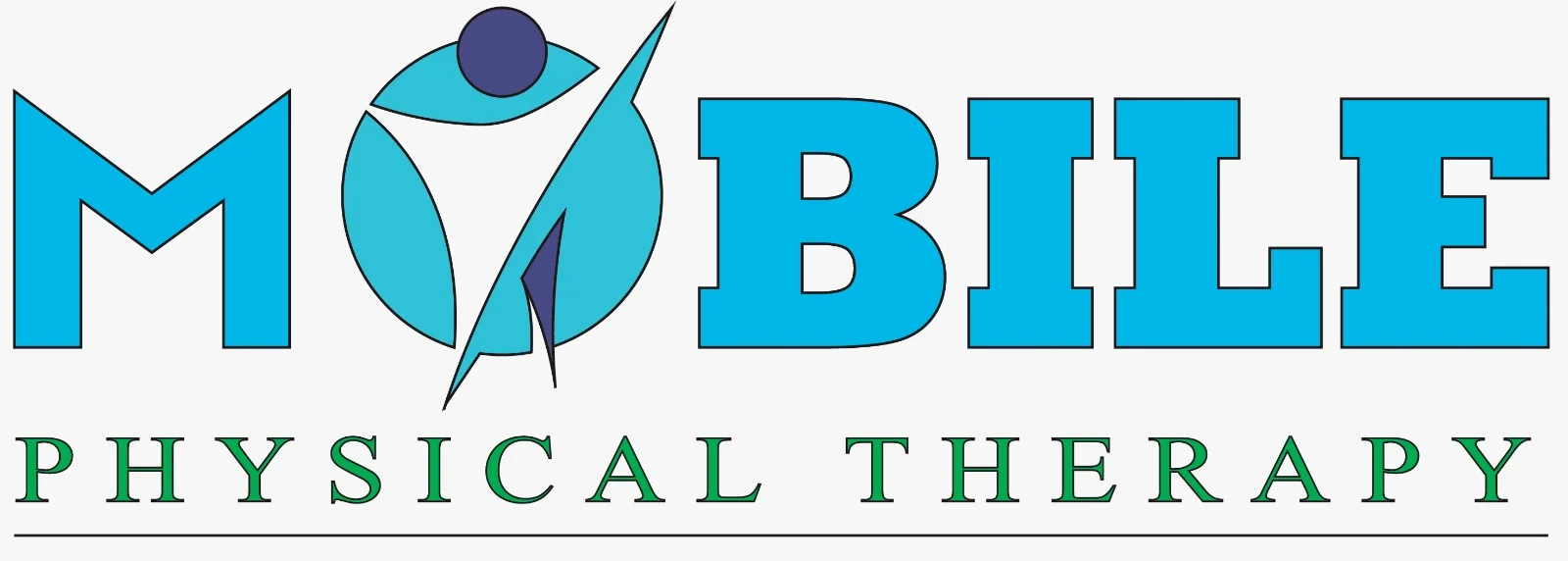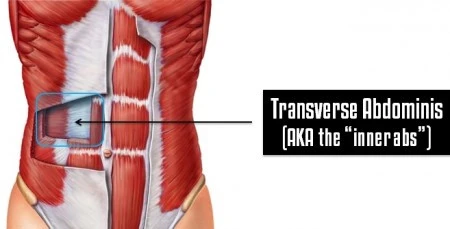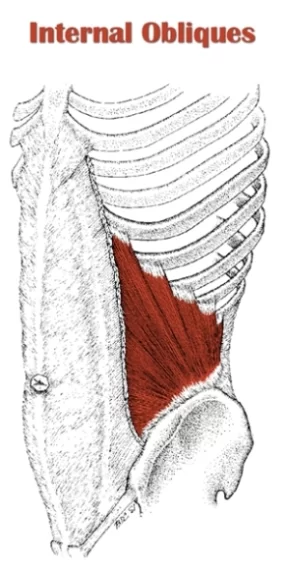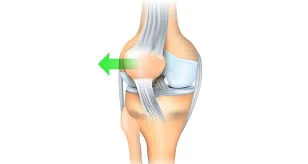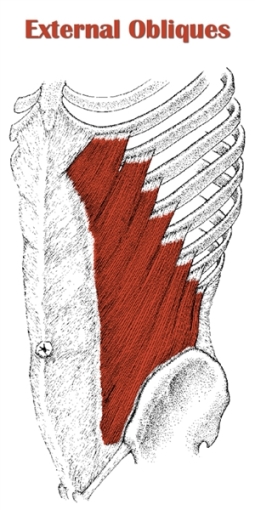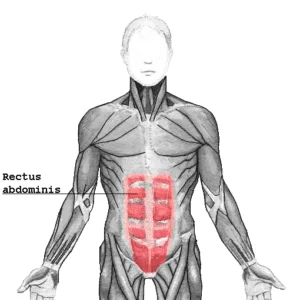Headache
What is a Headache? A headache is typically defined as throbbing, continuous, strong, or mild discomfort in your head or face. In terms of pain type, intensity, location, and frequency, headaches can vary widely. Headaches can develop as a headache disease or as a consequence of another medical issue, such as an infection. Other symptoms…
